The automotive industry has long been a playground for marketing innovation, but few strategies have proven as consistently effective as the artful deployment of limited edition models. In recent years, this approach has evolved into a sophisticated dance between manufacturers and devoted fan bases, creating what industry analysts now call "the fan economy of automotive scarcity."
At its core, the limited edition phenomenon taps into fundamental human psychology - the fear of missing out combined with the desire for exclusivity. When BMW announced its M4 CSL limited to 1,000 units worldwide, the entire allocation sold out within hours despite a six-figure price tag. This wasn't merely about selling cars; it was about creating cultural artifacts that transcend transportation.
The modern limited edition strategy has moved far beyond simple production caps. Manufacturers now weave elaborate narratives around these special vehicles, often tying them to historical milestones or technological breakthroughs. Ford's recent GT Heritage Edition, for instance, wasn't just another color option - it came with documented provenance linking it to the company's 1966 Le Mans victory, complete with period-correct liveries and interior details that made collectors weak at the knees.
What makes these campaigns particularly fascinating is how they've adapted to digital-age fan engagement. Social media platforms have become the staging ground for carefully orchestrated "leaks" and teasers, with manufacturers dropping breadcrumbs that send enthusiast forums into frenzied speculation. The reveal of Porsche's 911 Sport Classic typically follows months of blurred spy shots and cryptic executive comments, building anticipation to almost unbearable levels before the official unveiling.
Artificial scarcity has become an art form in the automotive world. Some manufacturers have taken to producing slightly fewer units than known demand, ensuring sell-outs that generate secondary market premiums. A McLaren Senna that left the factory at $960,000 regularly trades at $1.4 million in the collector market, validating the owner's "investment" and reinforcing the brand's exclusive aura. This secondary market performance then fuels even greater frenzy for the next limited release.
The psychology behind these campaigns reveals much about modern consumer behavior. Limited editions transform rational purchasing decisions into emotional ones, where spreadsheet comparisons of horsepower and torque give way to visceral reactions. When Lexus announced its LFA Nürburgring Package limited to just 50 units, buyers weren't considering lease residuals - they were calculating their place in automotive history.
Manufacturers have developed sophisticated systems to manage these releases, often implementing tiered access that rewards brand loyalty. Ferrari's Icona series, for example, typically gets offered first to clients who already own multiple Ferraris, particularly those who've purchased previous limited editions. This creates a self-reinforcing cycle where each exclusive purchase grants access to the next, turning car collecting into something resembling an elite membership club.
The digital transformation has added new dimensions to limited edition launches. NFT-based ownership certificates, virtual reveal events in metaverse environments, and blockchain-verified maintenance histories are becoming standard tools for connecting with younger, tech-savvy collectors. Mercedes-Benz recently experimented with selling digital twins of its limited edition AMG models, allowing owners to showcase virtual versions in online environments.
Interestingly, the limited edition strategy has proven remarkably resilient against economic headwinds. While mainstream auto sales often dip during recessions, exclusive models frequently see increased demand as high-net-worth individuals seek stable alternative assets. The value of limited edition Porsches actually appreciated during recent market downturns, outperforming many traditional investment vehicles.
Manufacturers walk a delicate tightrope with these programs. Push scarcity too far, and you risk alienating loyal customers who miss out. Make the editions too plentiful, and the magic evaporates. Getting the balance right requires deep understanding of your fan base's size and passion level - something Japanese manufacturers like Nissan have mastered with their NISMO editions, carefully calibrating production numbers to maintain desirability without frustrating would-be owners.
The environmental angle adds another layer of complexity to modern limited editions. Electric vehicle manufacturers like Rimac are redefining exclusivity through technology-limited editions that showcase cutting-edge battery systems or autonomous driving capabilities unavailable in mainstream models. These become not just collector's items but rolling showcases of a company's most advanced engineering.
Looking ahead, the limited edition phenomenon shows no signs of slowing. If anything, the strategies are becoming more sophisticated as data analytics allow manufacturers to precisely target potential buyers and tailor offerings to specific market segments. The next frontier may be ultra-personalized limited editions, where buyers don't just purchase one of 500 identical special models, but help co-create unique vehicles through extensive customization options.
Ultimately, the enduring power of limited edition automotive marketing lies in its ability to transform mechanical objects into emotional touchstones. In an age of mass production and digital replication, these carefully curated scarcity campaigns offer something increasingly rare - genuine exclusivity and a tangible connection to automotive passion. As long as car enthusiasts dream of owning something special, manufacturers will continue finding new ways to make those dreams feel just barely within reach.
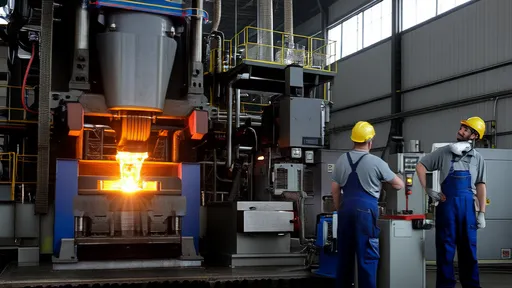
By /Jun 14, 2025

By /Jun 14, 2025
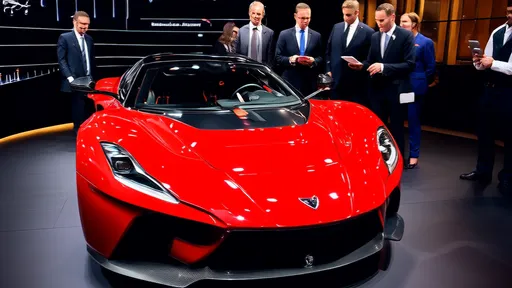
By /Jun 14, 2025

By /Jun 14, 2025

By /Jun 14, 2025
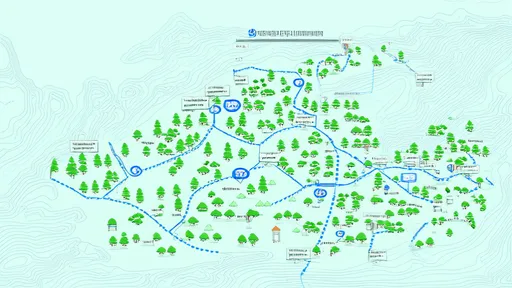
By /Jun 14, 2025

By /Jun 14, 2025

By /Jun 14, 2025

By /Jun 14, 2025

By /Jun 14, 2025

By /Jun 14, 2025

By /Jun 14, 2025

By /Jun 14, 2025
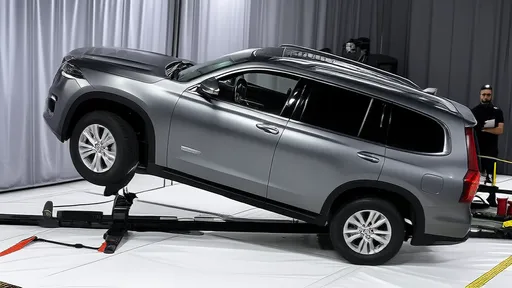
By /Jun 14, 2025

By /Jun 14, 2025
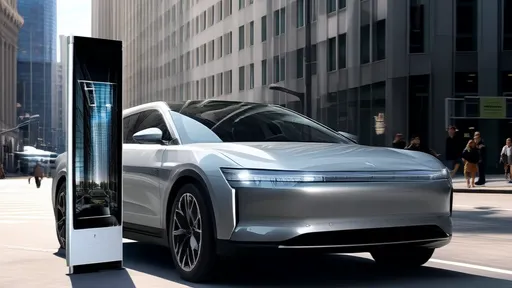
By /Jun 14, 2025
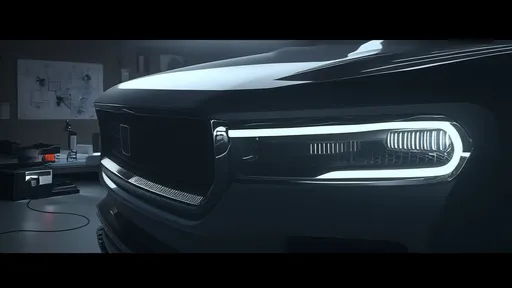
By /Jun 14, 2025